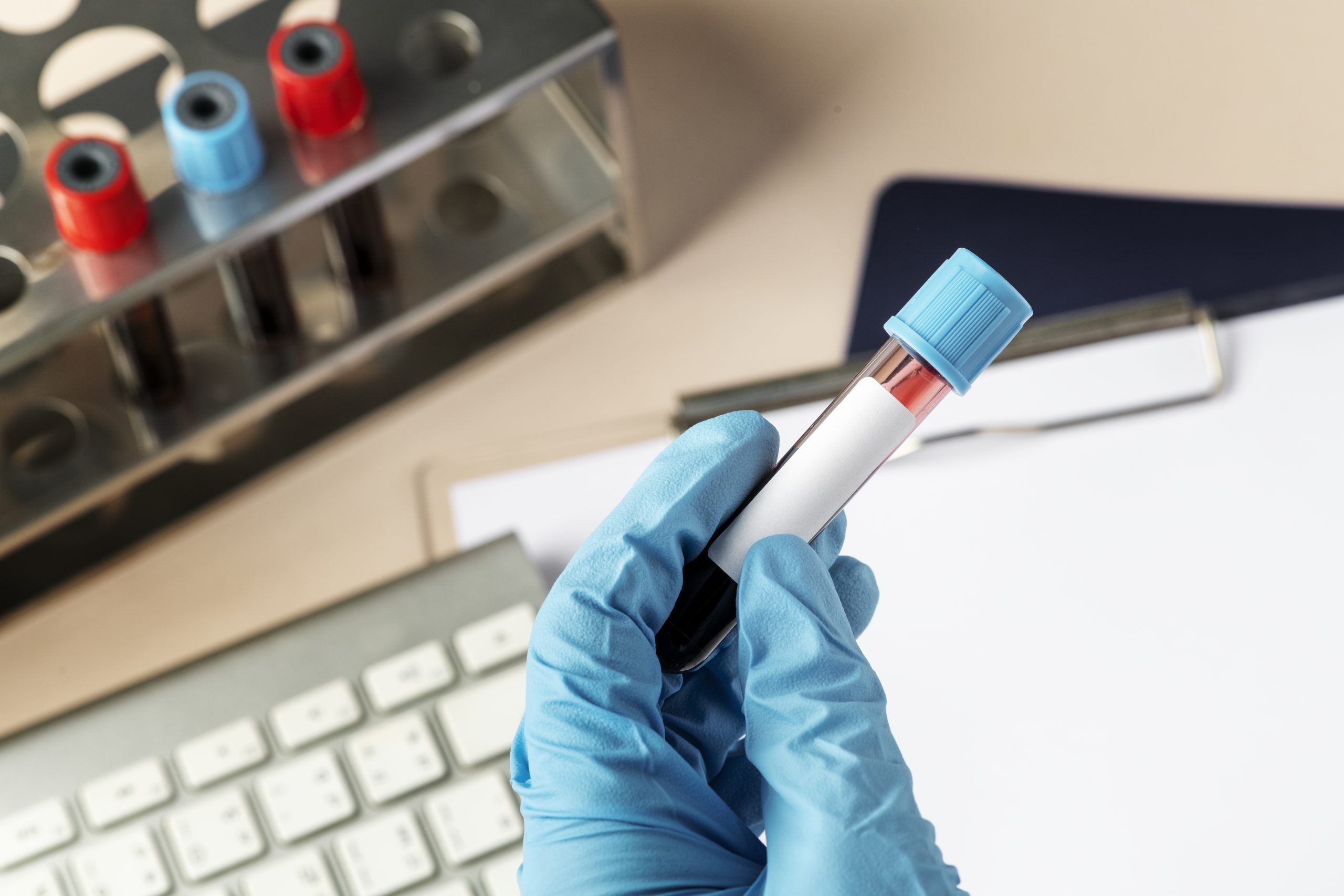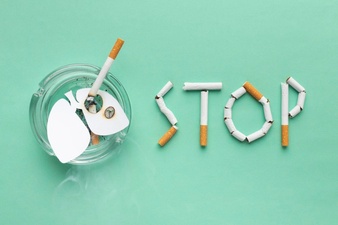
Incorporating Microsteps into your morning and nighttime routines will go a long way.
If you had a dollar for every time you hear “new year, new you,” leading up to 2020, you’d probably be a millionaire by the time the clock strikes midnight. We all like to talk about starting fresh when January 1 rolls around, yet we often set ourselves up for disappointment by making resolutions that are products of wishful thinking, instead of focusing on realistic and achievable goals. The key to making goals that last is starting small, with Microsteps — and there are so many minor changes you can make in your daily life that will have a major impact down the line.
These eight science-backed strategies — implementing the very latest research — are simple enough to incorporate into your daily or weekly routines, and are sure to change the way you work and live in 2020.
Take a bath one or two hours before bed
When it comes to good sleep, your brain and body thrive in cooler temps. But instead of opening a window or blasting your AC to cool down, try taking a warm bath one or two hours before you call it a night. While this might sound counterintuitive, bioengineers from The University of Texas at Austin found that doing so increased circulation from the core of the body to the hands and feet, which contributes to an overall decrease in body temperature. This practice “will aid the natural circadian process and increase one’s chances of not only falling asleep quickly, but also getting quality sleep,” Shahab Haghayegh, a Ph.D. candidate in UT’s department of biomedical engineering and lead study author, writes for Thrive.
Develop a consistent morning routine
Let’s make 2020 the year of not-so-frazzled mornings. A consistent morning routine has been shown to “anchor underlying biological rhythms,” and help adults ease the transition between wake and sleep, fall asleep faster, and sleep soundly through the night, according to research published in The Gerontologist. So for the sake of consistency and a less stressful morning and night, find a routine that works for you — and stick with it.
Seek out phone-free experiences
Seeing the world device-free — not through your phone screen — has been shown to produce a plethora of benefits for mental health and well-being. Wenjie Cai, Ph.D., a senior lecturer at Greenwich University, and his research team found that vacationers who choose to go on a digital detox while traveling were able to be more present in their environments and ultimately feel recharged. While some study participants experienced a bit of an “emotional roller coaster” when initially letting go of their devices, they later reflected positively on the experience. “They were proud as they gained navigation skills, engaged much more with other people around them, and realised the beauty of their surroundings as they weren’t busy staring at their screens,” Cai writes for Thrive. Whether or not you’re planning to travel in 2020, the benefits of unplugging from our devices can be felt from faraway places or a staycation.
Take five-minute naps once or twice a week
An afternoon cat nap isn’t just one of life’s simple pleasures: It’s a valuable tool in safeguarding your health. A 2019 study showed that taking naps as short as five minutes once or twice a week was enough to lower participants’ risk of developing cardiovascular disease or having a heart attack or stroke by 48 percent. What’s more, catching some quick zzz’s during the day can help you clear your mind and up your alertness later on.
Meditate for 20 minutes
If your 2020 goals have anything to do with finding more focus at home or at work, this is a habit you’ll want for your toolkit. We already know that mindfulness meditation comes with significant benefits, making the time for just 20 minutes of meditation is enough to “enhance the brain’s ability to detect and pay attention to mistakes,” Jason Moser, a researcher at Michigan State University and co-author of a mindfulness meditation study, told Science Daily. If you catch yourself slipping up at work or simply need to find that laser sharp focus, try eking out just 20 minutes for a reboot session.
Make a to-do list right before you go to sleep
Sometimes, despite your best efforts, when you want nothing more than to drift off to sleep, all the hustle and bustle still going on in your brain just won’t let that happen. Research from Baylor University found that writing a very specific to-do list five minutes before bed is an effective way to ease bedtime worries about future tasks, and help you fall asleep faster. Try piecing together a short list at night — and make sure you use pen and paper, don’t resort to the notes app on your phone — for more restful sleep and a less stressful morning.
Don’t run from your feelings — bring them to life instead
If you have a habit of burying negative emotions instead of embracing them, this strategy might help you reframe how you view the feelings that are bogging you down. Inspired by the movie Inside Out, a researcher from the University of Texas at Austin found that bringing negative emotions to life, like sadness, can help you feel less attached to them. According to the study, imagining your sadness as a person outside of yourself — a little girl walking with her head down, say, which one study participant used — can you help you feel separated from it and thus better able to cope.
Get outside for 30 minutes at least three times a week
If you have 20 minutes for meditating, you also have 20 minutes to step outside and take a “nature pill.” Research from the University of Michigan found that a nature experience lasting at least 10 minutes, without the distraction of social media, the internet, phone calls, conversations, or reading, can lower levels of stress hormones like cortisol. Based on the study’s findings, you should aim to take your “dose” at least three times a week, but the more the merrier (and less stressed you’ll be).
Source : Thrive Global






Leave A Comment
You must be logged in to post a comment.